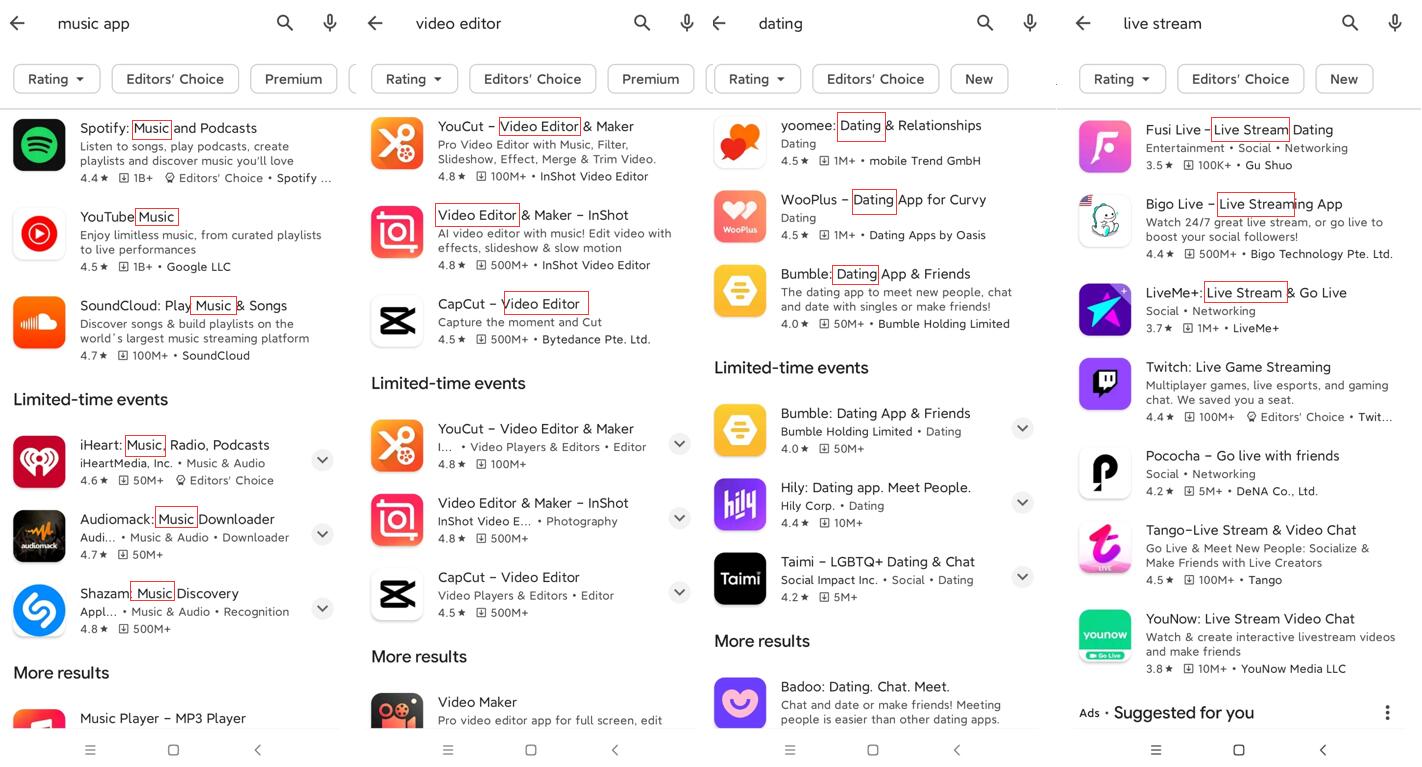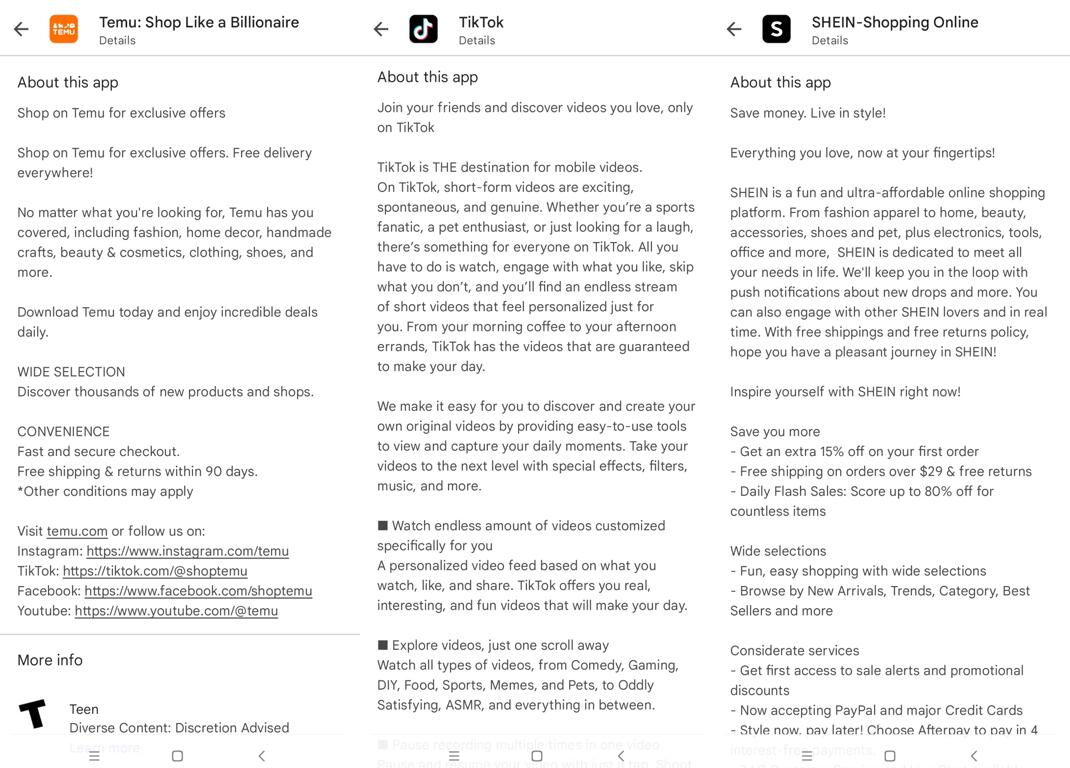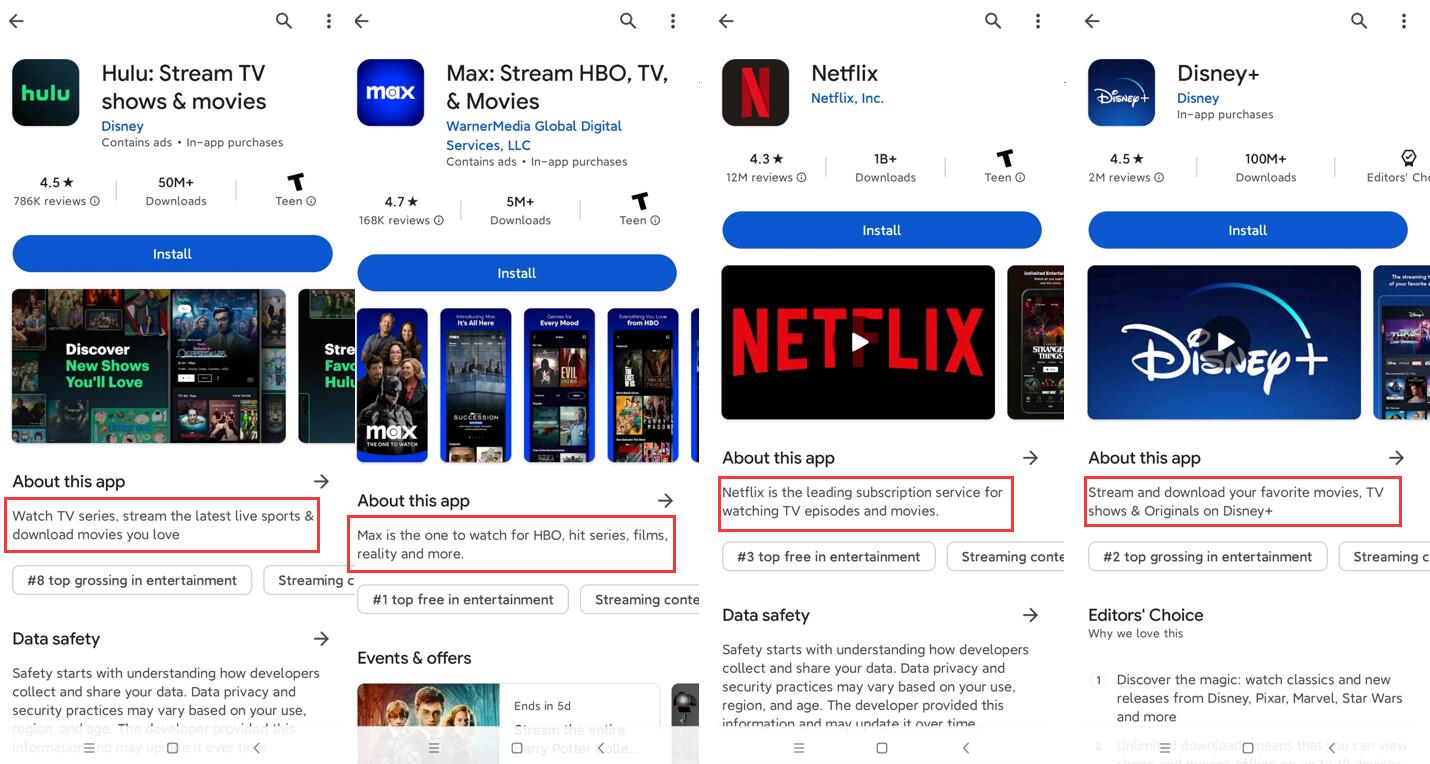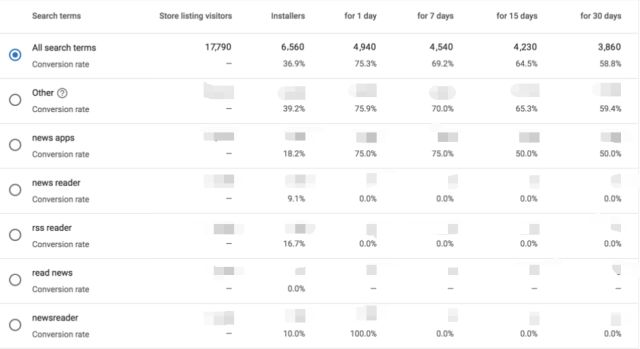Google Play ASO: Keyword Optimization Guide
Keyword optimization plays a crucial role in App Store Optimization (ASO). Many of you might be experts at optimizing apps and games for the Apple App Store, thanks to its convenient 100-character keyword field. But transitioning to Google Play can be a little tricky since it doesn’t offer a similar keyword field, leaving some newcomers a bit puzzled.
But no worries! Apart from this difference, there are other variations in keyword optimization between the two stores. This article aims to highlight these differences and guide you on how to seamlessly integrate keywords on Google Play. This beginner’s guide is a great starting point for ASO newcomers.
Contents
Distinguishing Features between Play Store & App Store’s Keyword Optimization
1. Keyword Field: Apple offers a dedicated 100-character field for keywords. In contrast, Google Play doesn’t. Instead, you must weave keywords into the app’s title, short description, and full description.
2. Keyword Quantity: Apple’s field limits you to only a few vital keywords. With Google Play, you can incorporate many more keywords, especially within the app’s extended description.
3. Update Frequency: Changing keywords in Apple’s store requires an app update. On Google Play, you can edit meta-data, including keywords, anytime.
4. Algorithm: Each store uses a distinct search algorithm. Google prioritizes app performance metrics like user feedback and downloads, while Apple focuses on keyword matching. Additionally, Google Play might analyze text within app reviews for better understanding.
5. Developer Name: Google Play allows keyword addition in the developer’s name to enhance search rankings. Apple, however, doesn’t permit promotional text in the developer’s name.
6. Localization: Both platforms support localization, but they differ in approach. For instance, on Google Play, you can provide unique descriptions, titles, and screenshots for every language within a region, allowing tailor-made marketing strategies. Apple, though more limited, lets you set a unified title, subtitle, and keyword set per language. Even with Apple’s CPP and PPO features, it doesn’t match Google Play’s flexibility in customizing app details for specific regions. Moreover, while Apple supports over 40 languages for localization, Google Play caters to more than 70.
Where to Add Keywords on Google Play?
Google Play does things a bit differently than the Apple App Store. Instead of a dedicated “keyword” field, you optimize various parts of your app’s listing for keywords on Google Play. Here’s a breakdown:
1. App Title: This is your main spot for keywords, limited to 30 characters. It’s super influential for search results, so make sure your main keywords shine here!

2. Short Description: Sum up your app’s cool features and benefits here. And, yep, include those keywords! You’ve got 80 characters for this one.
3. Long Description: Google Play offers a generous 4000 characters here. Dive deep into your app’s features and benefits, sprinkling in those keywords.

4. Developer Name: If it makes sense, you can add a keyword here too.
5. User Reviews & Comments: Words in your app’s reviews and comments? Google Play takes note.
6. App Package Name: This can’t change once you’ve launched, but before you do, consider adding some keywords.
What Factors Influence Keyword Rankings on Google Play?
On Google Play, your keyword ranking isn’t just about the keywords you use. Here’s what Google takes into account:
1. Keywords in Meta-data: Keywords in the title, description, and other meta-data help Google understand what searches your app should appear in.
2. Keyword Conversion Rate: How well your app converts for a keyword matters—a lot. It shows Google if users are getting what they searched for. Cheating this metric to climb rankings? That’s a big no-no in the ASO world.
3. App Localization: Tailoring your app for different regions, like translating descriptions or marketing in local languages, can boost your ranking in those areas.
4. Downloads & Retention: If your app is popular and users stick around after downloading, your ranking’s likely to climb.
5. App Reviews & Ratings: Feedback matters! Great scores and positive comments? Expect a ranking bump. Low scores and negative feedback? Your ranking might take a hit.
6. App Quality: Google Play considers overall quality—things like how stable your app is, its performance, and loading times.
Best Practices for Keyword Optimization on Google Play
Boosting your app’s visibility and downloads can be a breeze with the right keyword strategy! Let’s dive deep into some golden rules for keyword optimization on Google Play. This will guide you on the science behind selecting your keywords and boosting their rankings:
1. Keyword Research: The cornerstone of all things optimization! Grasp how your target audience searches for apps like yours. Tools like App Annie, Mobile Action, and Sensor Tower can be your guiding star in discovering the best keywords.
2. Be Clear and Precise: Stick to keywords directly related to your app. Avoid the vague ones! Precise keywords paint a clearer picture of your app, luring in the right users. Broad or unclear ones? They might land you in unrelated search results, not great for your conversion or ranking.
3. Pick the Right App Type and Category: Ensure you label your app correctly, whether it’s a game, tool, educational app, etc. While these might not be ‘keywords’ per se, they clue Google Play into where your app fits in search results.
4. Spruce Up Your Title and Description: As mentioned, infuse your keywords here. The title should be crisp and catchy, and the description? That’s where you dive into your app’s awesomeness. For example, a movie app might weave in keywords like “TV shows”, “films”, “movies”, “news”, “live sports”, and “stream shows” seamlessly into its description.

5. Value User Feedback: Keep an eye on reviews and ratings. They not only help improve your app but might drop keyword hints you hadn’t considered before!
6. Localization: If you’re eyeing a global audience, consider translating not just your app interface but also its title, description, and keywords.
7. Monitor Outcomes: In the “Acquisition” -> “User Acquisition” -> “Google Play Search” section, devs can see how their app fares in specific search terms. It’s a window into how users find your app on Google Play and which keywords shine the brightest.

8. Continuous Refinement: Remember, keyword optimization isn’t a ‘set it and forget it’ game. Regularly check how your keywords are performing and tweak as needed.
To wrap it up…
From my personal experience, keyword optimization on Google Play might not always yield as immediate results as on the App Store. Maybe it’s because Apple’s algorithm is heavily keyword-driven, while Google Play’s is a tad more sophisticated. But, following these best practices and keeping an eye on the data, followed by constant refinement, can indeed make a difference. Happy optimizing! ?
